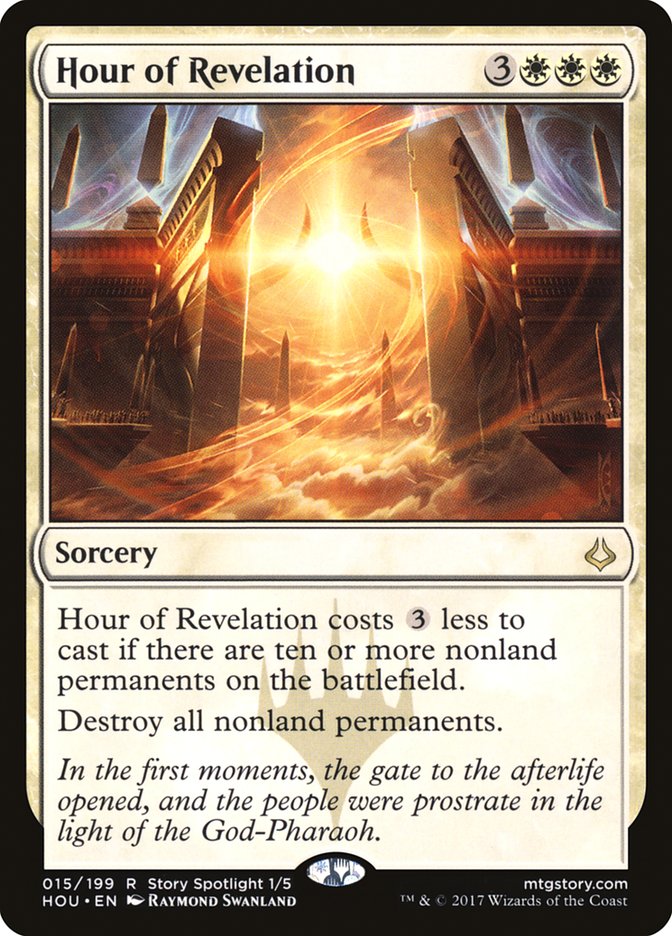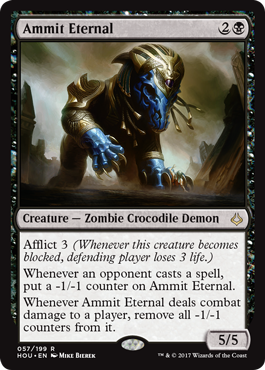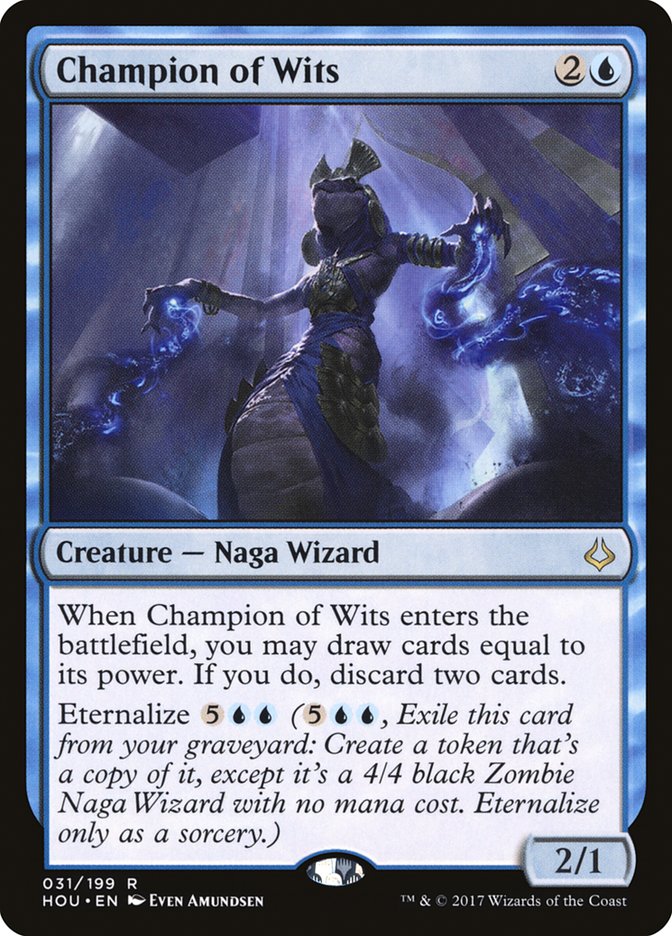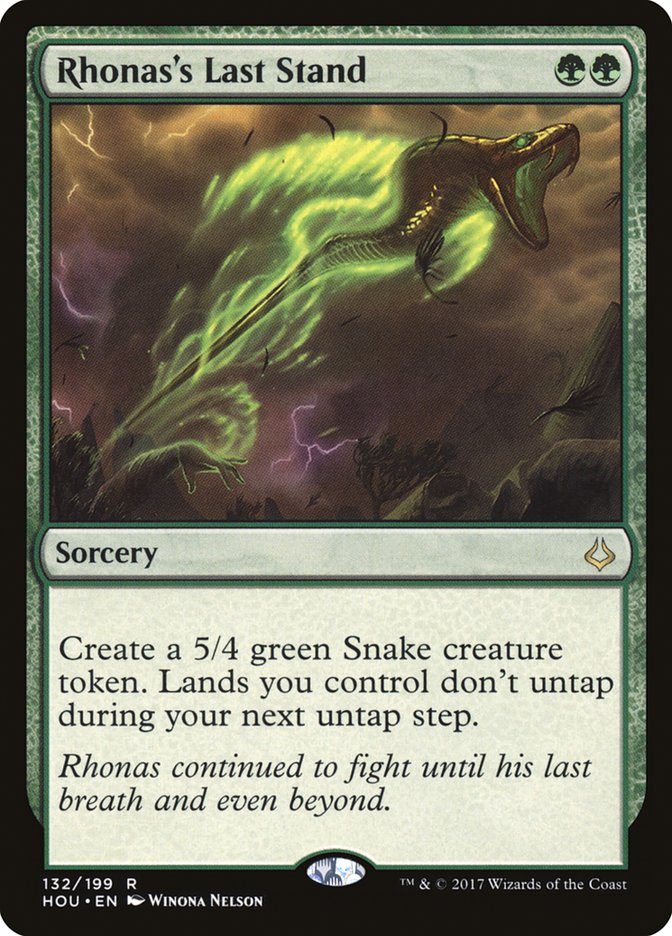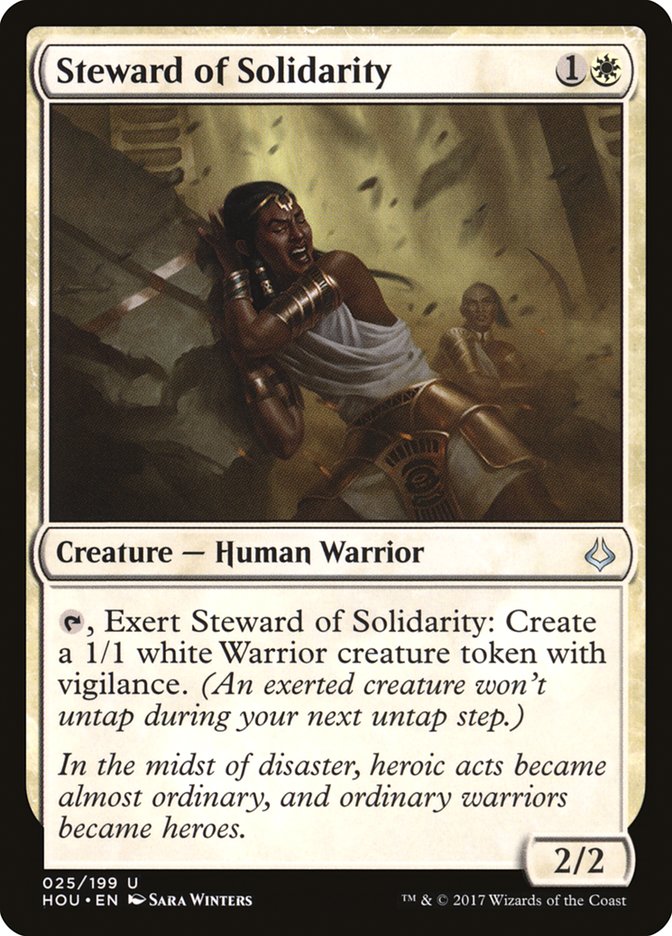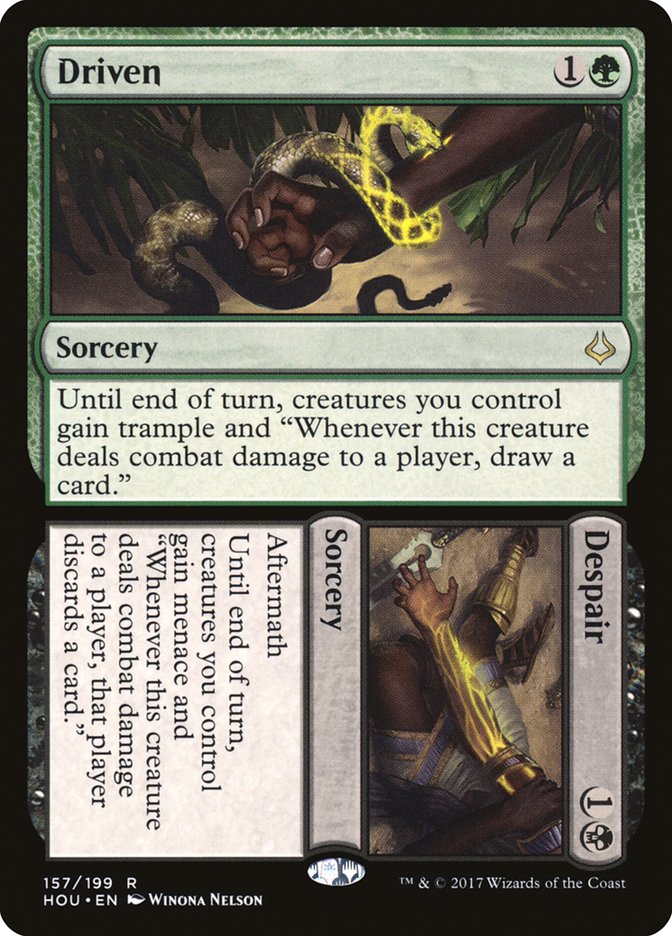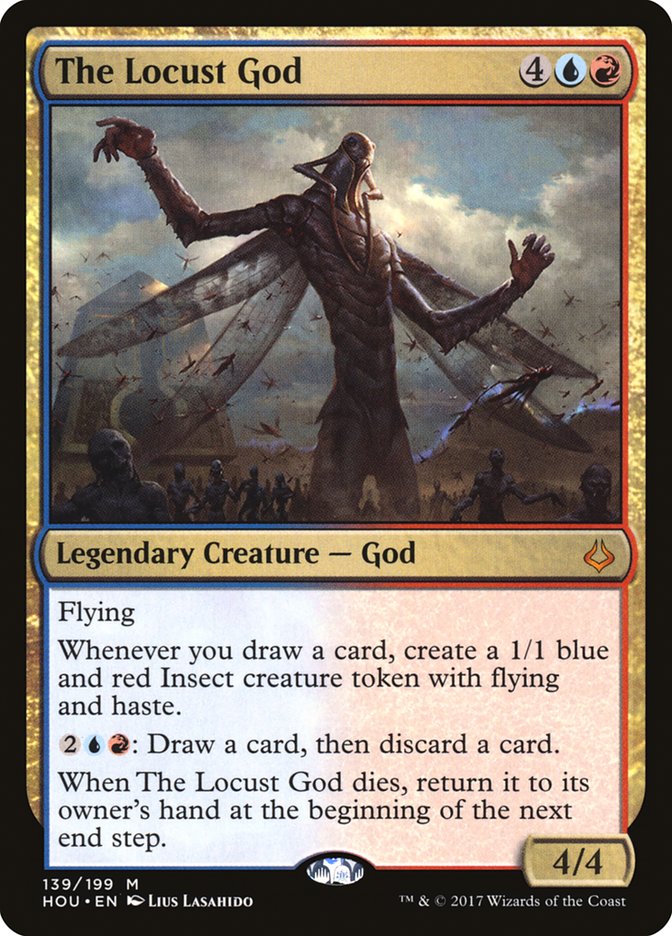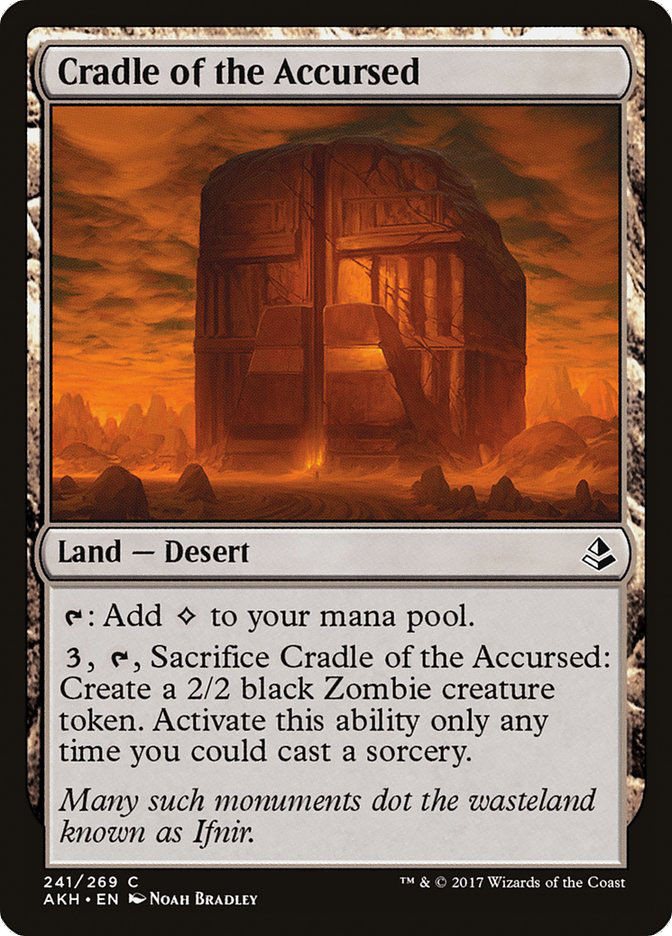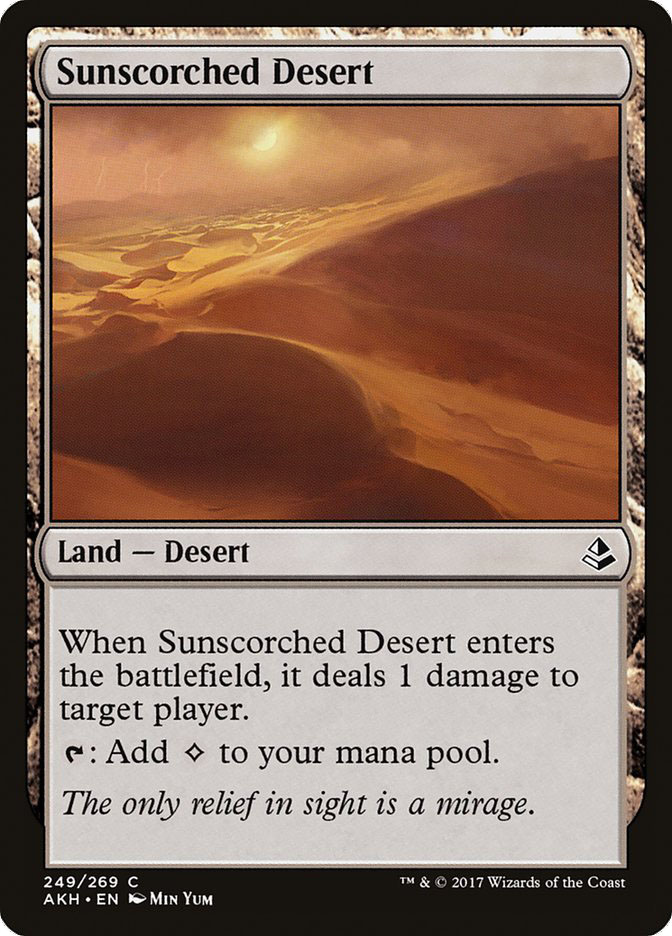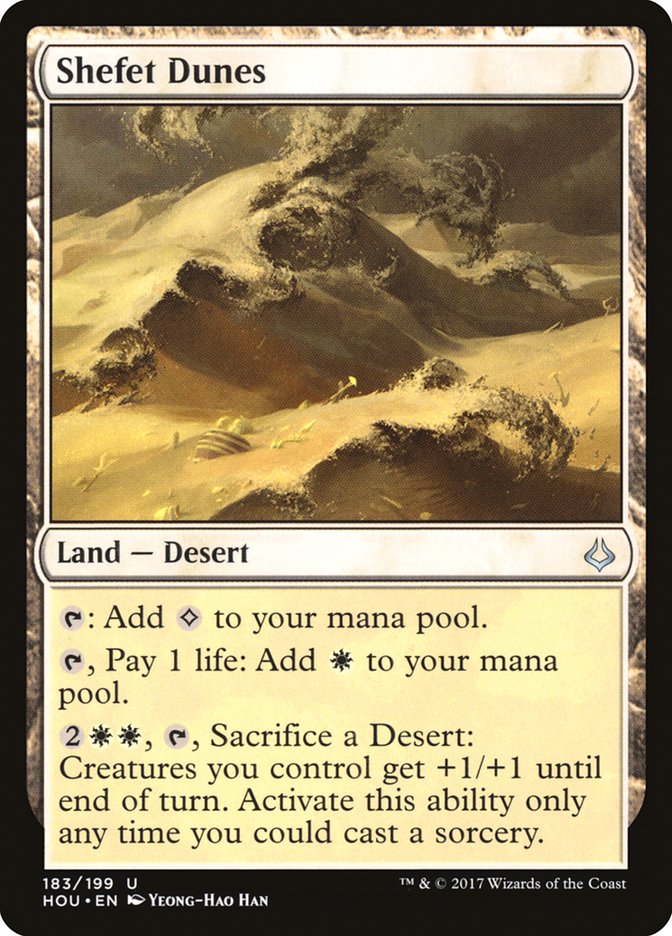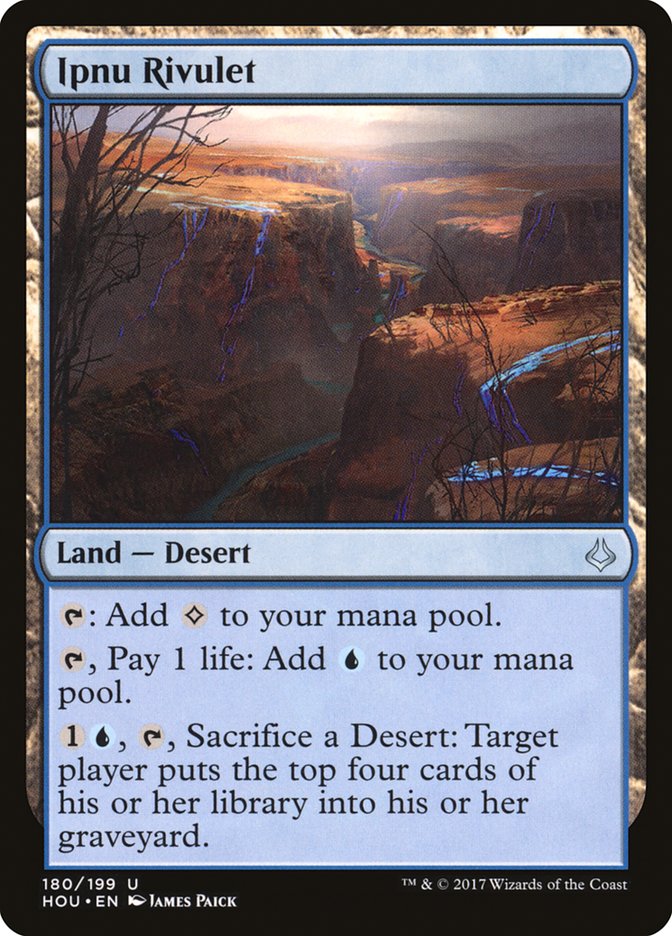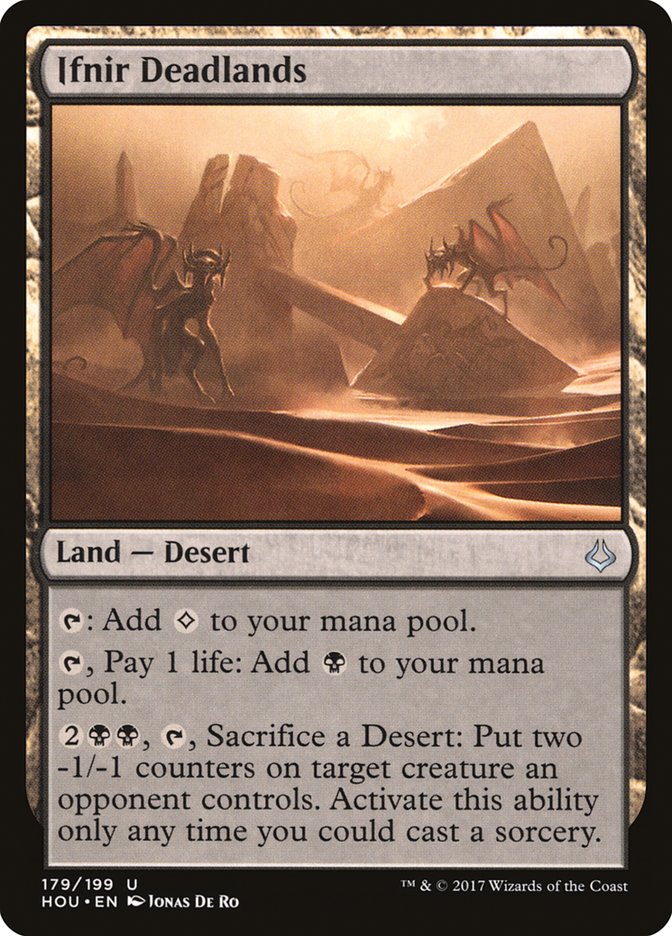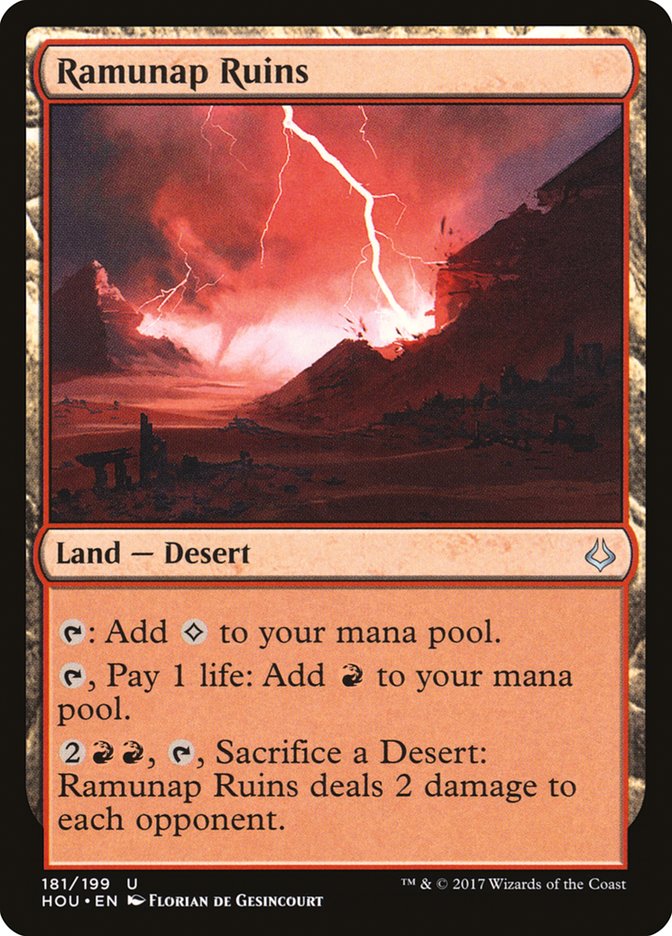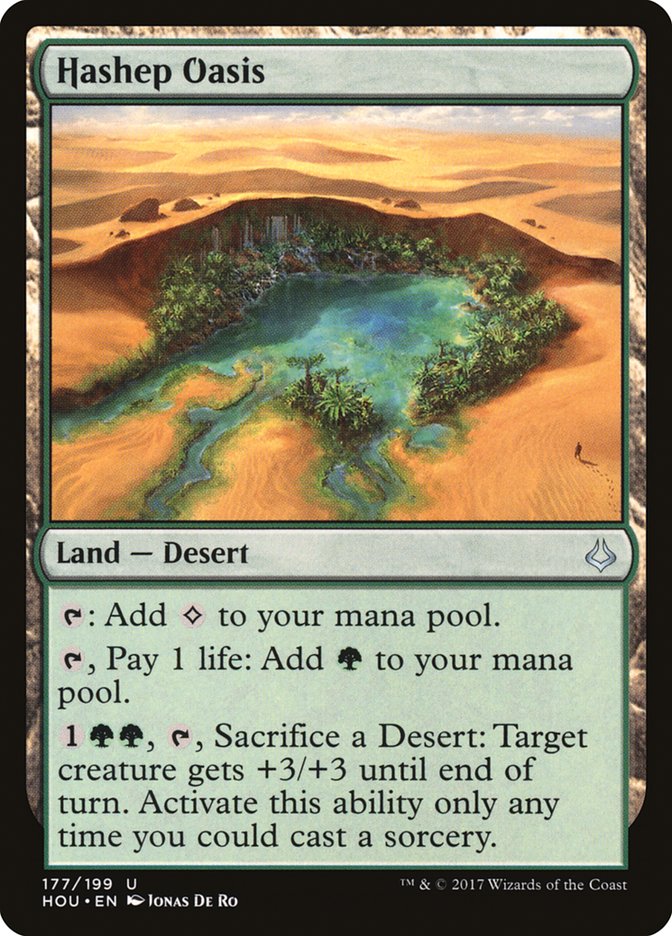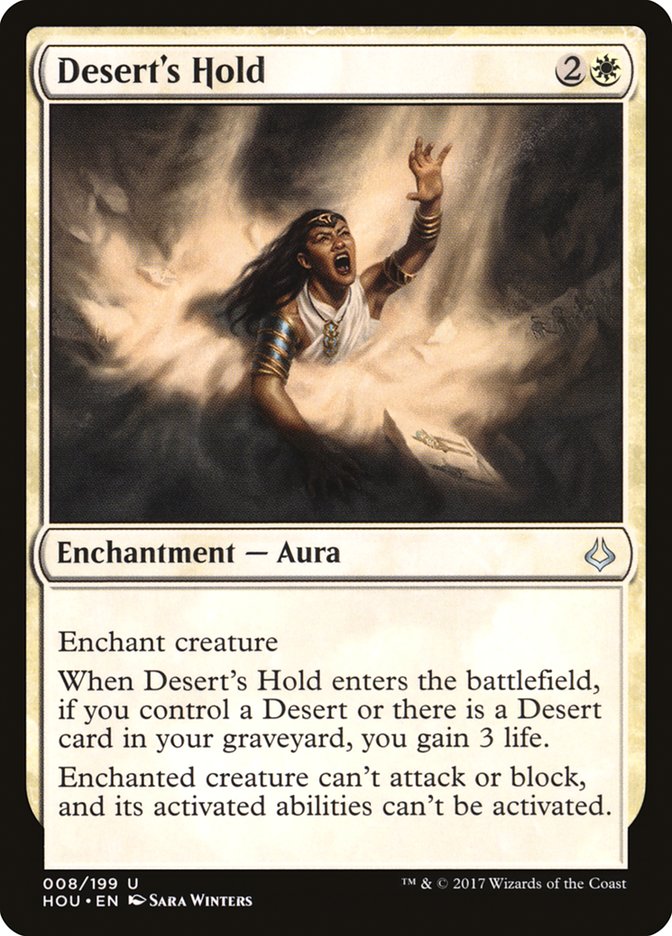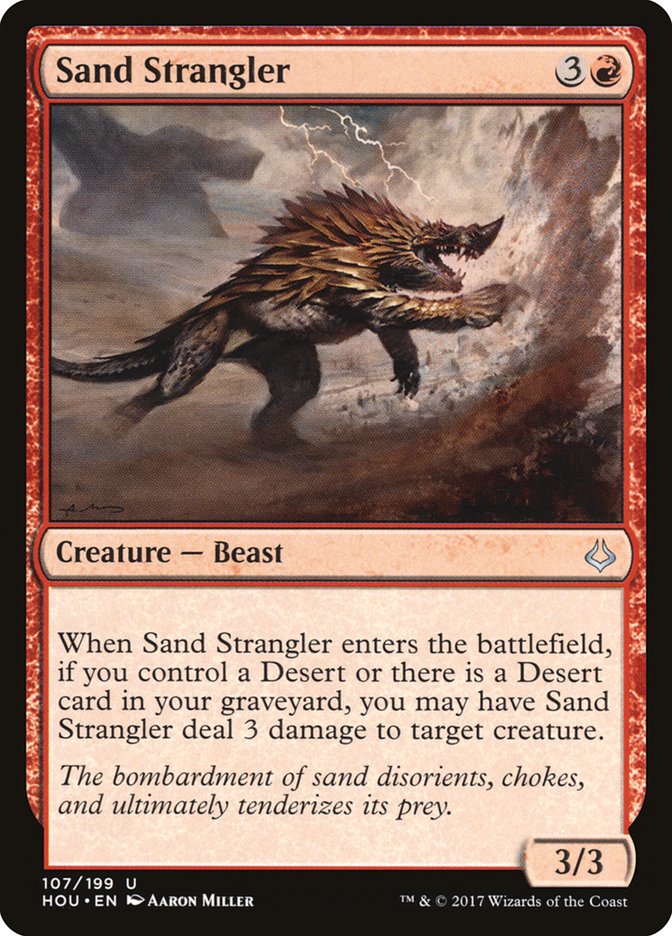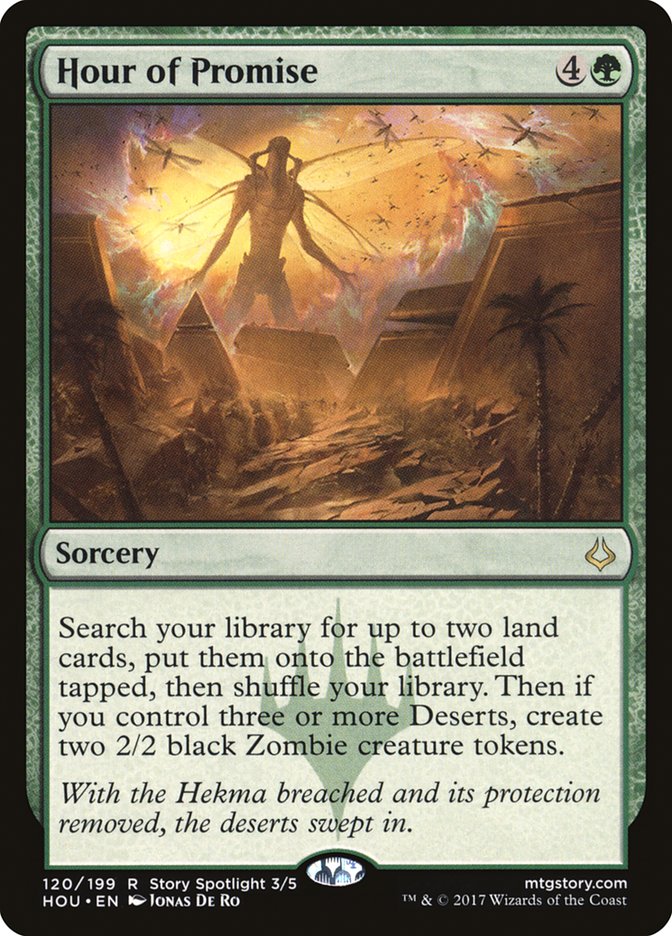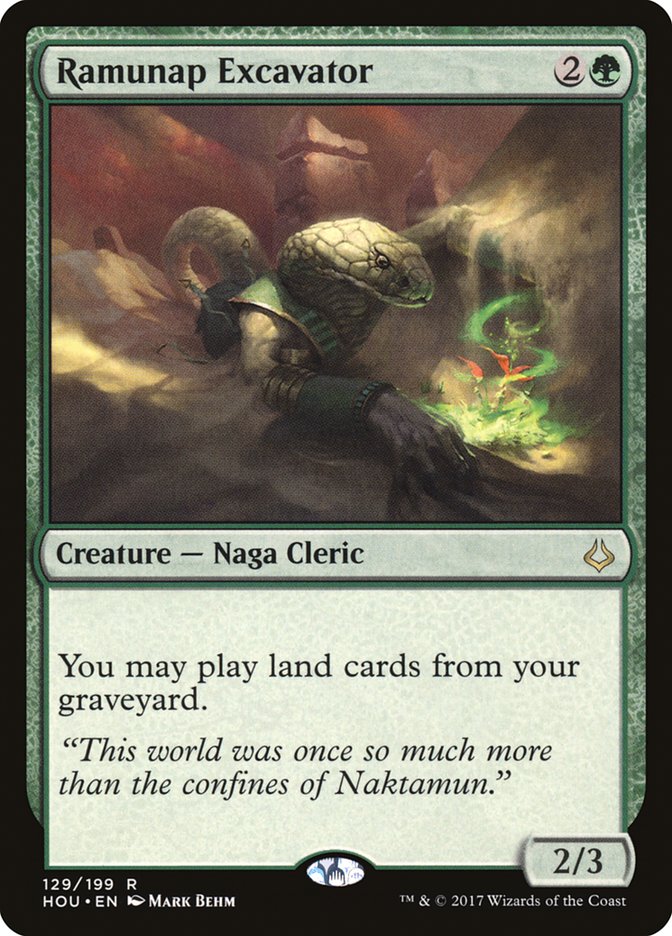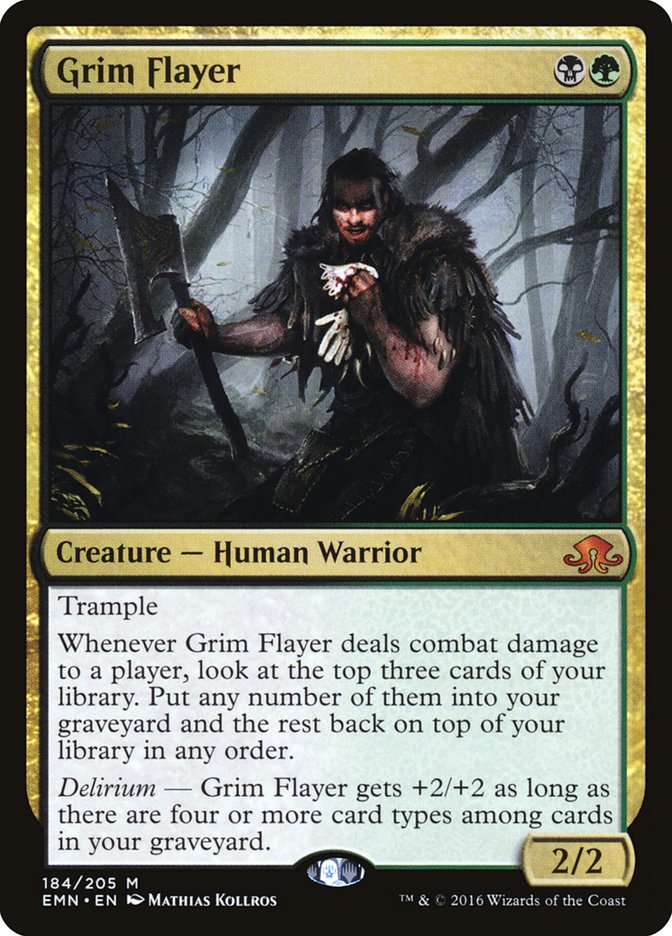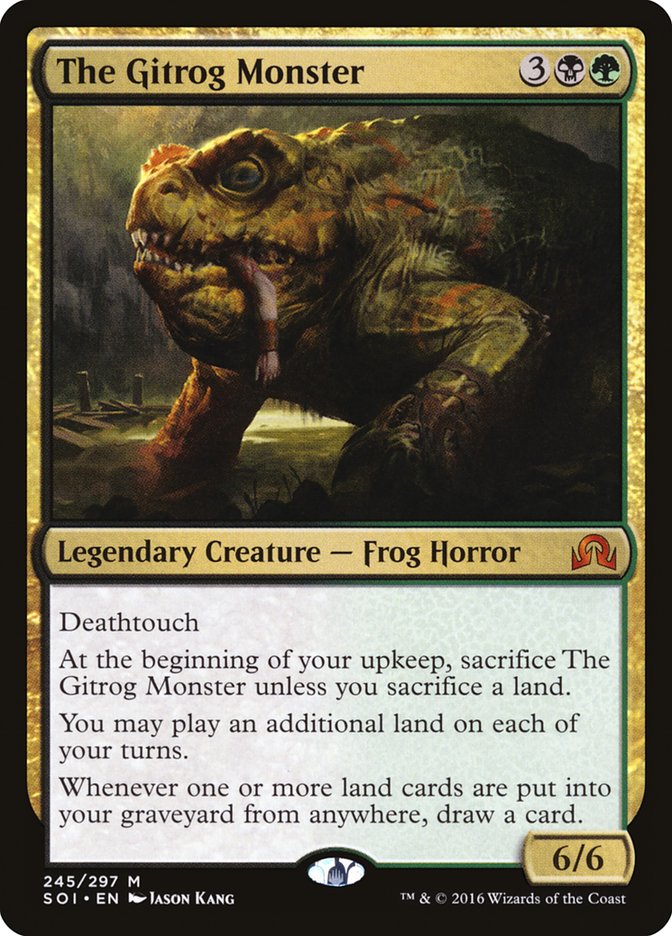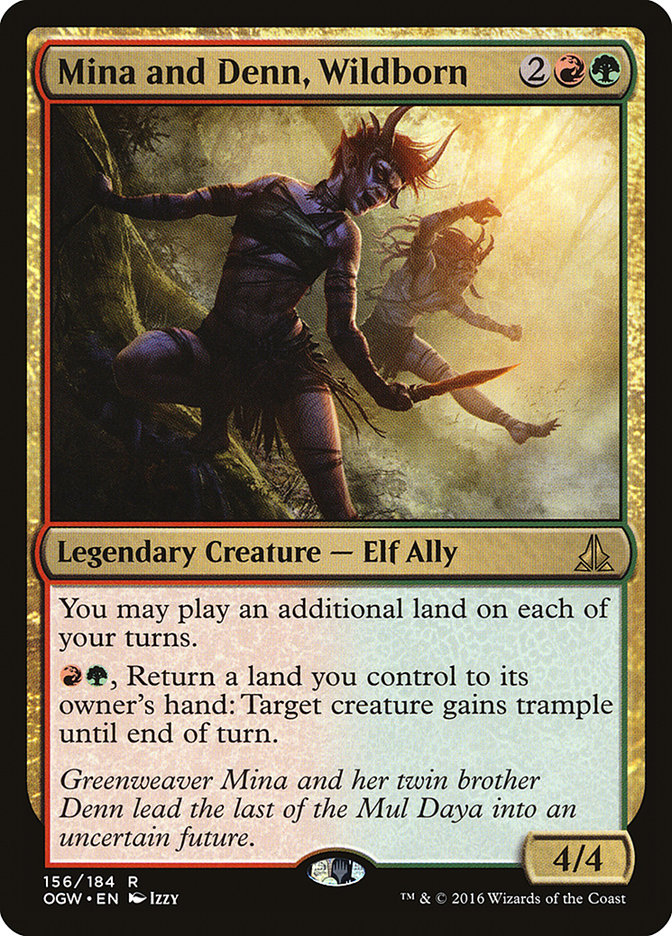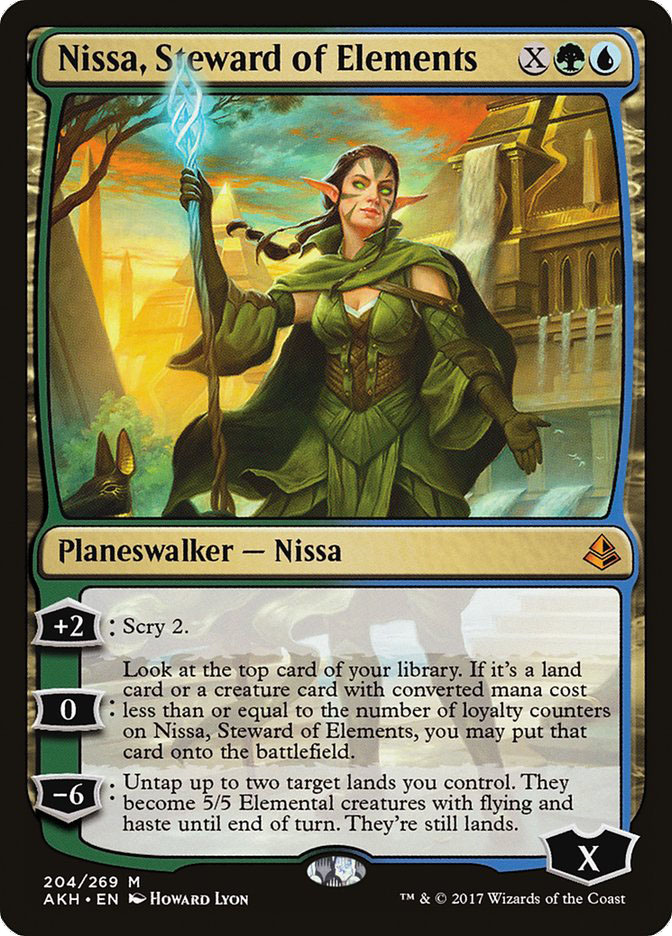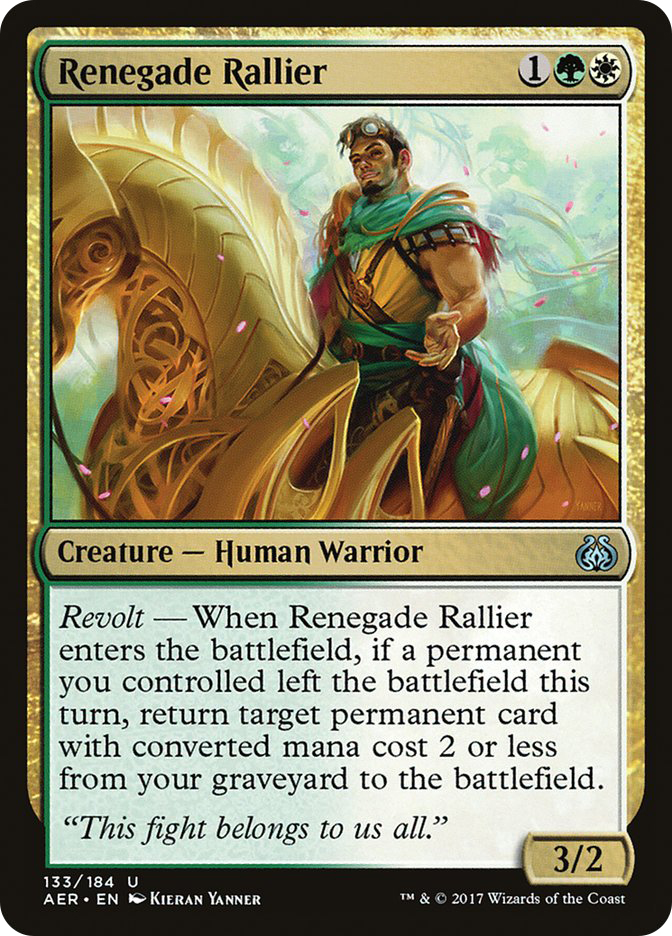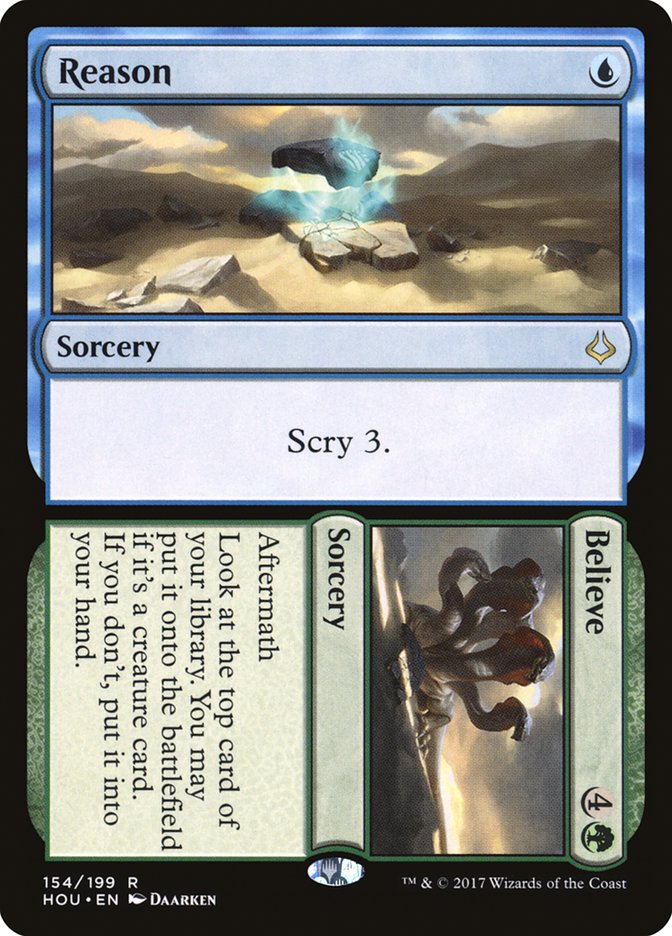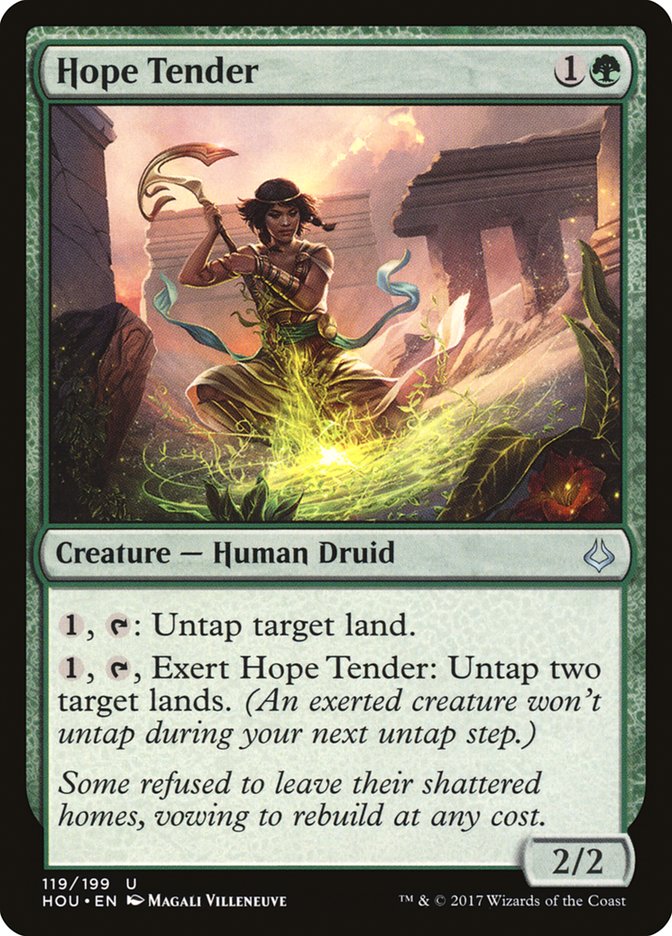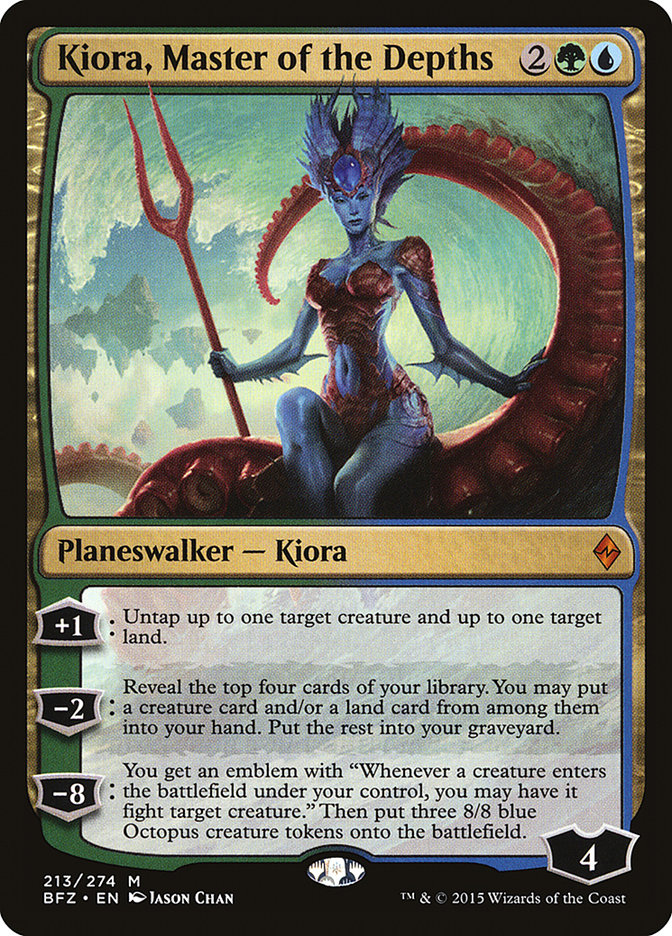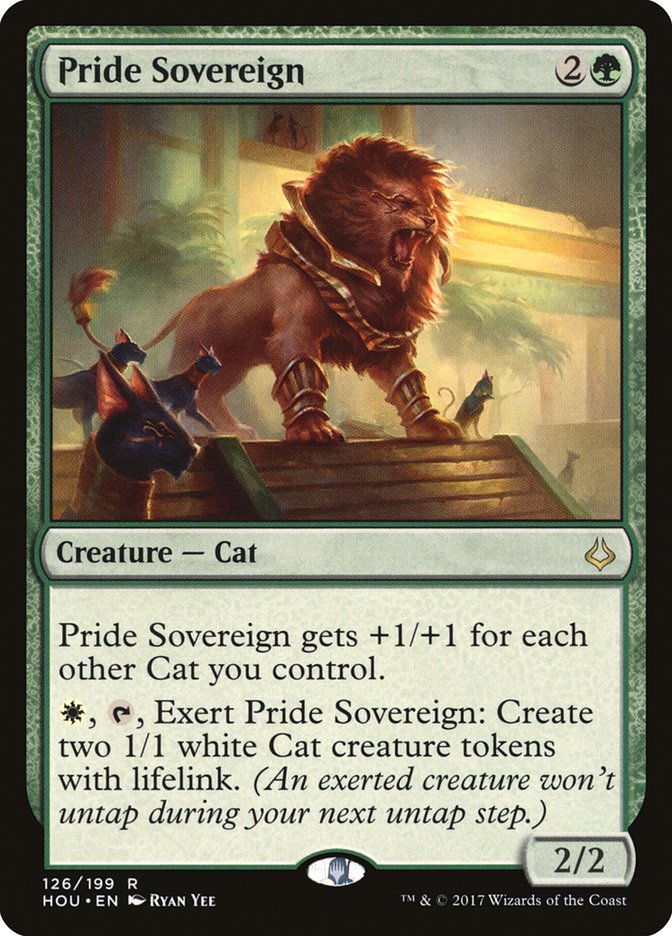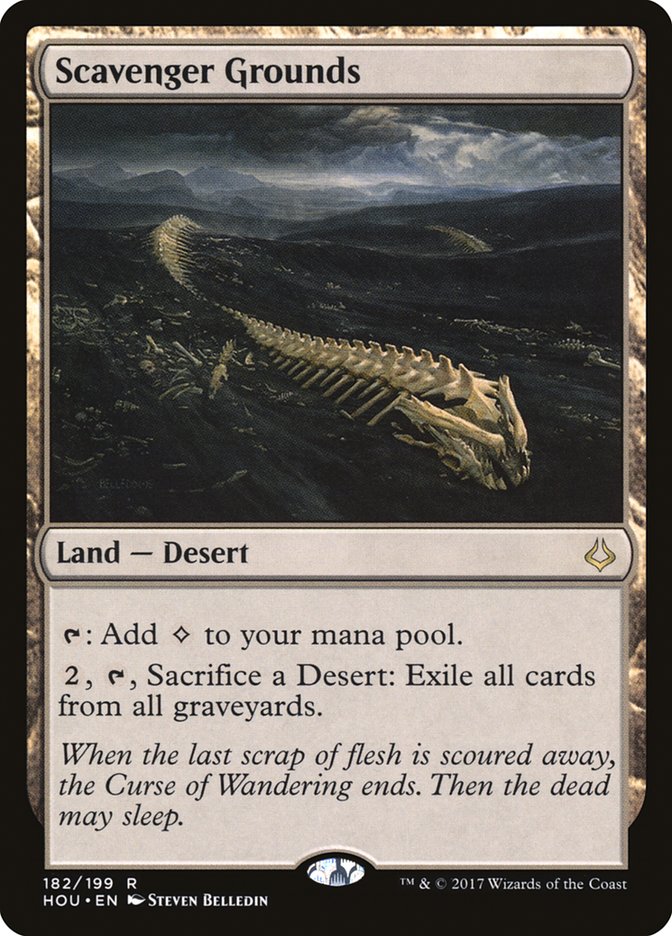Unless you’re a denizen of the plane of Amonkhet, you’re probably excited about the next couple of weeks: it’s time for Hour of Devastation!
As strange as it seems to celebrate such destruction, the cards we’re seeing from this set give little other choice. From the format-defining juggernauts of Nicol Bolas, God-Pharaoh to the humblest of Limited role-players, Hour of Devastation has something for everyone to enjoy. Commander, Standard, Modern, Legacy, and Limited each get potentially impactful cards from this small expansion set, and it’s pretty impressive when 199 cards can make such a large wave.
New mechanics and effects are showing up left and right, some plays on mechanics from the previous set, like Eternalize and embalm, and some with effects you feel like should have been around for years, like Afflict.
Some have made a return, but with new combinations and uses, such as the new “exert” creatures that do something special if you tap them extra hard. Gods return, though these new corruptions have slightly different wording that prevents their permanent death, playing into the flavor of delaying the inevitable.
There’s one mechanic that appeared in Amonkhet, though, that had the potential to fall completely flat: Deserts.
These low-power, colorless-producing lands seemed like cute, tokenistic throwaways in the name of flavor and as a nod to the only Desert land before Amoknhet: Desert.
Now, though…
Now it matters.
While Deserts were a clever nod to flavor in Amonkhet by itself, Hour of Devastation fleshes them out in a way that, frankly, I didn’t expect at all. I’m thrilled, and I’m fairly convinced that budget and high-caliber decks alike will love having access to the unique and powerful effects available in a Desert-matters world.
Deserts are a liability if they only produce colorless mana, but this new set of Deserts that can produce a color of mana make a whole new ballgame, especially because many are self-supporting; that is, they do something even without another Desert.
One other plus side? These are colored lands that enter the battlefield untapped.
Each of these cards is interesting. While they do have reasonable effects, the fact that they came into play tapped was crippling, although fair to be sure. These new uncommon Deserts, while painful, are on par with cards like Yavimaya Coast and Battlefield Forge, except that instead of an extra color, you get a pretty powerful ability, all at uncommon. Each color-producing Desert will likely be playable within a Limited deck that matches it, and some of the uncommon ones may be deck-defining, especially if you have loads of extra Deserts to toss into the heap.
As much as I like Limited, though, we’re here to talk some Standard. So in what ways can I see a new Standard shaping out to include the new Deserts, and which Deserts currently revealed seem the strongest?
Crucible of Worlds on a stick is pretty exciting for several reasons, not the least of which is our Desert synergies. Sacrificing lands and missing your drops is a drag, but Ramunap Excavator makes everything easier. Once one of your Deserts has eaten the dirt, you can send it right back from the graveyard to the battlefield.
Naturally, green is a pretty easy to companion to lands-matter decks, so it’s good to start there.
Seem like good enough reasons to me, right?
All of these are pretty tempting. Mina and Denn, Wildborn is a great backup in the event that you can’t find (or stick) The Gitrog Monster. Nissa, Steward of Elements can play in a land-dense deck, allowing you to cast her for three mana and continuously Explorer’s Scope yourself each turn. You can also cast her where X is zero for a planeswalker card type in your graveyard. Renegade Rallier works great the same turn you activate a Desert ability. Whatever Desert you sacrifice can come right back to the battlefield!
Jund was familiar, and Naya seemed solid, but I chose the weird one: Sultai.
It’s weird, I know, but I have a reason to believe.
Creatures (16)
- 2 World Breaker
- 2 Sylvan Advocate
- 2 Mindwrack Demon
- 2 The Gitrog Monster
- 4 Grim Flayer
- 2 Shefet Monitor
- 2 Ramunap Excavator
Planeswalkers (7)
Lands (26)
Spells (11)

My favorite of the Deserts revealed is Ipnu Rivulet. It has the lowest cost to activate, the ability to activate at instant speed, and the ability to mill your opponent or yourself. Whether you’re crafting a delirium deck or aiming to mill your opponent via a Nephalia Drownyard-style combo, you’ll have fun doing it.
I felt very attached to the black portions of this deck for Grim Flayer, Ramunap Excavator, The Gitrog Monster, and Fatal Push, but they turned out to be the worst cards in this deck. The deck was a bit of a misfire from the start, but it’s likely because I wanted to be green and blue without committing where I really need to.
…there might be something there, right?
Creatures (13)
Planeswalkers (10)
- 3 Kiora, Master of the Depths
- 2 Gideon, Ally of Zendikar
- 2 Tamiyo, Field Researcher
- 3 Nissa, Steward of Elements
Lands (21)
Spells (16)

What a weird deck, combining untap effects with some of our new Deserts and consistent land drops through playsets of both Shefet Monitor and Traverse the Ulvenwald. None of this deck’s lands come into play tapped. The life toll is considerable on this deck; however, I feel like the real strength of a deck that leverages these effects is Pride Sovereign.
Make no mistake, making two tokens is pretty powerful, but the ability to consistently produce them each turn, and four on the turn that really matters, is an important step to overwhelming your opponent. Any of the lifelinking tokens benefits from either Shefet Dunes or Hashep Oasis, providing a sturdy attacker no matter what. Samut, Voice of Dissent requires a Mountain splash, but that’s easily accommodated with eight search effects.
Stuttered to start with, but I have my confidence back!
While it’s great to see what an impact the new color sources do, they also fill another hole left by Shivan Reef and Llanowar Wastes: they produce colorless mana.
For a little while longer, we will still have Eldrazi Processors in the format, and with that, we’ll need exiling power to be able to keep our opponent at bay. Scavenger Grounds is an excellent Desert to keep our processing power at full strength. We can easily abandon green and white now and head straight into “colorless” Grixis!
Creatures (20)
- 4 Ulamog's Nullifier
- 3 Wasteland Strangler
- 2 Eldrazi Obligator
- 2 Reality Smasher
- 3 Thought-Knot Seer
- 4 Matter Reshaper
- 2 Elder Deep-Fiend
Lands (25)
Spells (14)

You know, I think it’s just the Deserts; it makes the deck they’re in bizarre. Makes a complete difference.
As you might expect for a deck that features Eldrazi and colorless spells prominently, the spell and creature base doesn’t have any new cards, but the manabase is downright funky. Corrupted Crossroads is the only land that easily provides more than one color, and the remainder provide colorless and one color at most.
Mystic Snake has been a strong Magic card since it was printed, and Ulamog’s Nullifier is perhaps the closest we’re going to get to a reprint of this kind of effect for a while. With the ability for this deck to exile large swaths of cards, this may be the best way to get around your opponent’s worst spells.
The deck produces some low-cost threats and can work to leverage the end step, so with enough preparation, Ulamog’s Nullifier can complement your early removal well. Ulamog’s Nullifier is obviously pretty soft against aggro, but everything else in the deck (Matter Reshaper, Spatial Contortion, Magma Spray) works to protect you from that, and Ulamog’s Nullifier has flying, giving you extra pressure when you turn to your Deserts to deal the finishing blows.
Each of the Deserts has potential solely because of its land type, but their true power will be a function of the sacrifice they require, both during play and in deckbuilding. If you don’t need colorless mana and you never activate the Desert’s effect, a Forest or Mountain is better all around. However, with the right deck, any of these lands can shine.
I’m still most excited about Ipnu Rivulet. Which uncommon Desert is most interesting to you?


